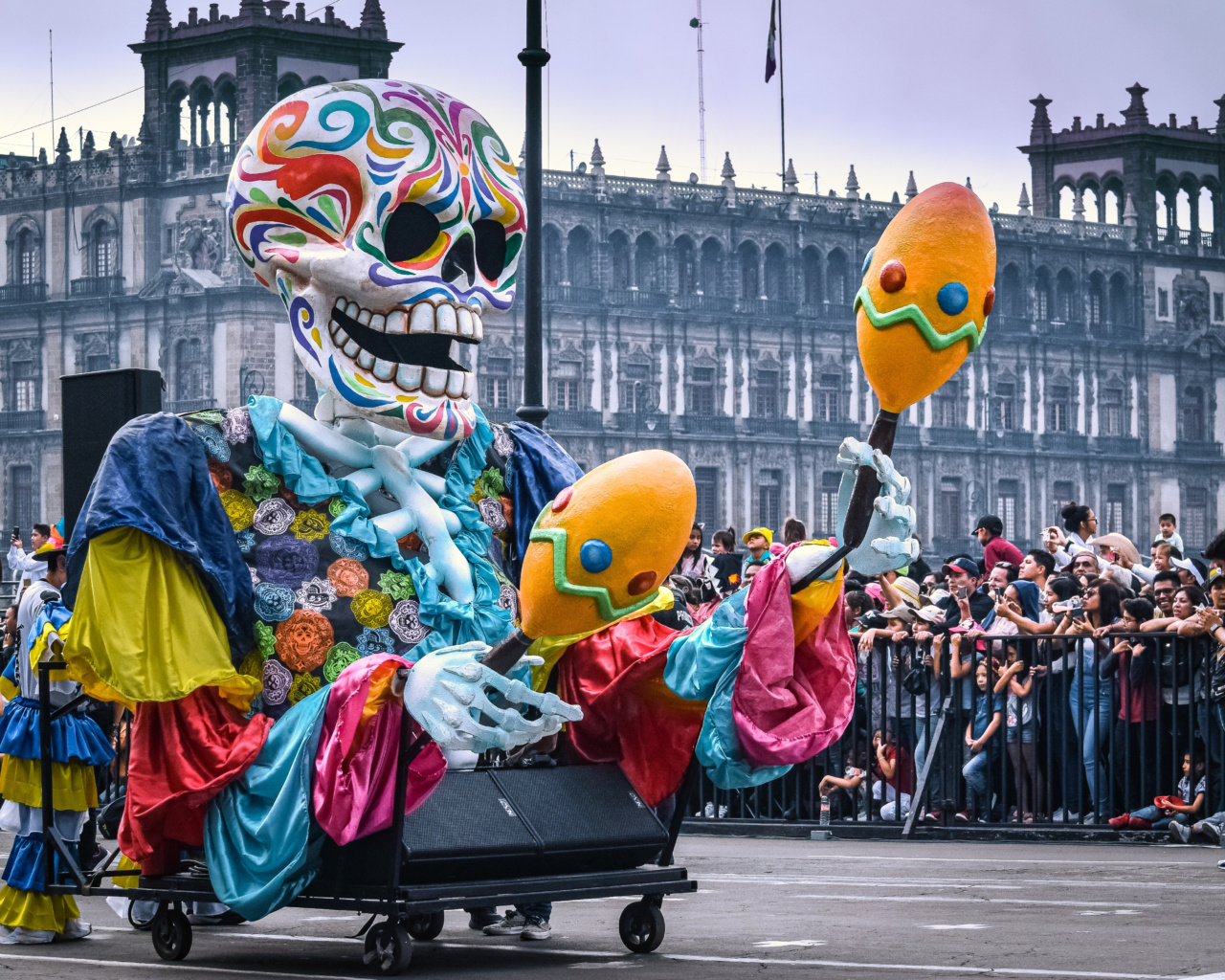Thrombosis is a medical term used to describe the formation of a clot within a blood vessel.
This process is a crucial aspect of our bodily defense system, signaling the presence of an injury and initiating a repair process to prevent excessive blood loss. However, when this process goes awry, thrombosis can lead to a range of serious health complications, including heart attack, stroke, and deep vein thrombosis (DVT).
Here, we take a closer look at the leading causes of death related to thrombosis, and what you can do to prevent them.
1. Heart Attack
A heart attack, also known as a myocardial infarction (MI), occurs when the blood flow to a portion of the heart muscle is blocked.
This blockage is often caused by the formation of a blood clot within one of the coronary arteries, which supply oxygen-rich blood to the heart muscle. The buildup of plaque within these arteries, known as atherosclerosis, can cause damage to the arterial wall, increasing the risk of clot formation.
Other risk factors for heart attack include:.
- Smoking
- High blood pressure
- High cholesterol
- Family history of heart disease
- Obesity
- Physical inactivity
Prevention of heart attack involves addressing the underlying risk factors. This includes quitting smoking, maintaining a healthy weight, eating a nutritious diet, exercising regularly, and managing blood pressure and cholesterol levels.
Additionally, some individuals may benefit from medications, such as aspirin or blood thinners, to reduce the risk of clot formation.
2. Stroke
Stroke is a medical emergency that occurs when the blood flow to the brain is interrupted.
This interruption can be caused by a blood clot that forms within one of the arteries leading to the brain (ischemic stroke), or by the rupture of a blood vessel within the brain (hemorrhagic stroke).
Like with heart attack, the buildup of plaque within the arteries leading to the brain increases the risk of clot formation and ischemic stroke. Other risk factors for stroke include:.
- High blood pressure
- Smoking
- Diabetes
- Family history of stroke
- Obesity
- Physical inactivity
Prevention of stroke involves similar strategies as those for heart attack, including healthy lifestyle changes and medications to manage blood pressure and reduce the risk of clot formation.
For individuals at high risk of stroke, anticoagulant medications, such as warfarin or direct oral anticoagulants (DOACs), may be prescribed.
3. Deep Vein Thrombosis (DVT)
DVT is a blood clot that forms within the veins of the legs, pelvis, or arms.
This condition is especially concerning because the clot can break loose and travel to the lungs, causing a potentially life-threatening condition known as a pulmonary embolism (PE).
The risk factors for DVT include:.
- Recent surgery or trauma
- Immobility (e.g. prolonged bed rest, long flights or car rides)
- Cancer or chemotherapy
- Family history of DVT
- Obesity
Prevention of DVT involves taking steps to reduce blood clot formation within the veins.
This may include wearing compression stockings, taking anticoagulant medications, and regularly moving around and exercising after surgery or long periods of immobility. Additionally, individuals may be advised to watch for symptoms of DVT, such as swelling, pain, or warmth in the affected area.
The Bottom Line
Thrombosis is a serious condition that can lead to a range of health complications and even death.
By understanding the risk factors for thrombosis-related conditions, such as heart attack, stroke, and DVT, you can take steps to prevent these events from occurring. Talk to your healthcare provider about your personal risk factors and the strategies that are best for you.

























